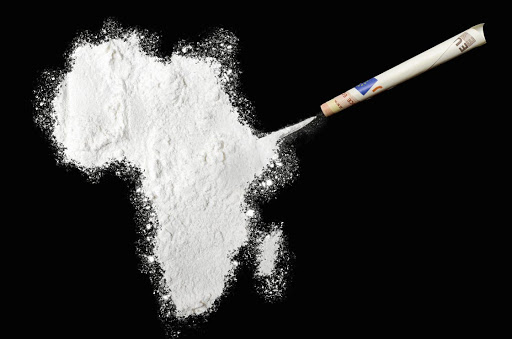Research conducted by ENACT, a project tracking organized crime in Africa warns that South Africa once a hub for heroin transit, is rapidly becoming a retail destination.
Heroin has been available in South Africa since the 90’s but in small quantities. Now the market estimated to be worth hundreds of millions of dollars has flooded the country right under the noses of policymakers. Similar to the United States, African governments are struggling to find the cure to the underlying causes and the epidemic.
Much of the problem lies with production and distribution. The world’s top grower of the poppy that produces heroin is Afghanistan. Heroin moves from Afghanistan to the South Africa’s coast. Boats pick up hundreds of kilos. Afghanistan’s production also reached record levels in 2017. Due to more restricted borders, the route along Africa’s east coast became more popular with smugglers. As much as $800 million worth of the narcotic is shipped yearly. For Mozambique specifically it is the second largest export after coal.
The low cost of (single hit can be a little as $1.50) and the high addiction rate result into a booming market. It is expected that there will be 20 million users of hard drugs by 2040. Often called“Nyaope” ‘Whoonga” or “Sugars”. The deadly cocktail combines anti-retro viral drugs, low-grade heroin, marijuana and sometimes rat poison. The drug is typically smoked or injected. The newest practice is “blue-toothing”. This process has a user inject a hit, withdraw their blood, and inject it into another person. As a country with the world’s largest HIV cases this a chilling and dangerous method.
The responsibility of cutting off this illegal trade falls to authorities. Most agencies, however are under-prepared and under-resourced. Furthermore, the growth of the heroin market has been compounded by poor policy and severe social-economic challenges. Responding to this crisis must therefore go beyond law enforcement to include public health and social development plan.


Recent Comments